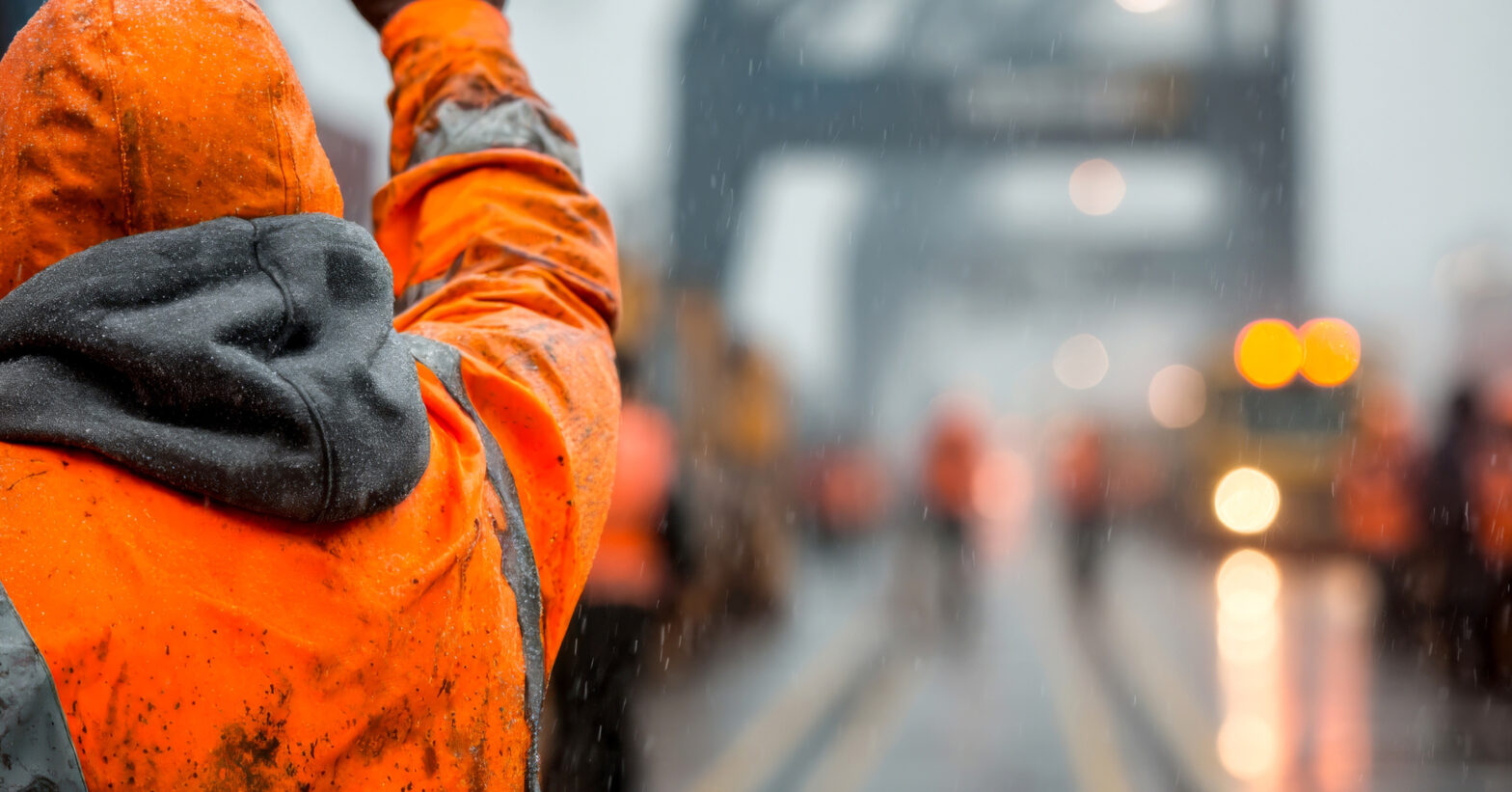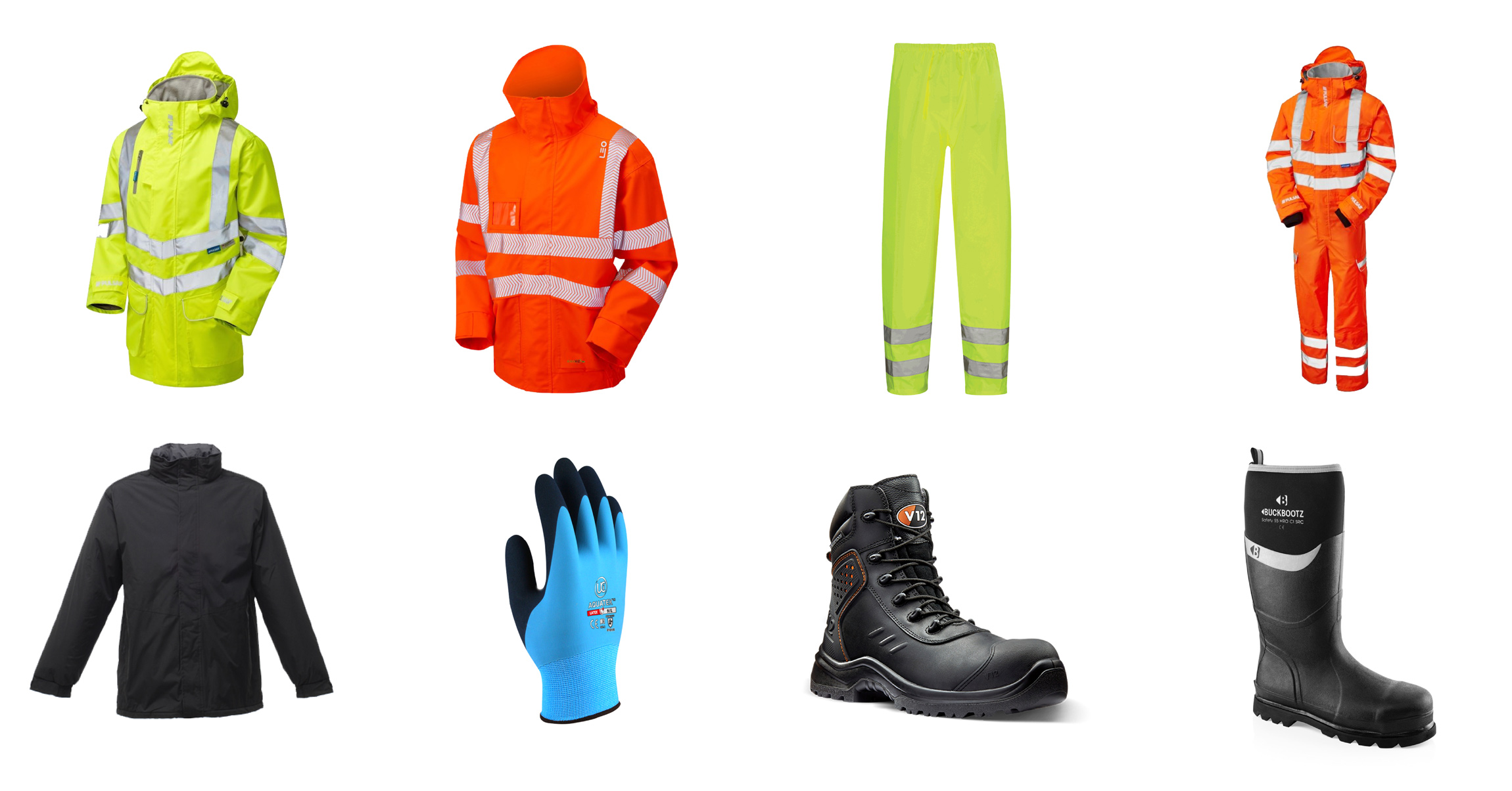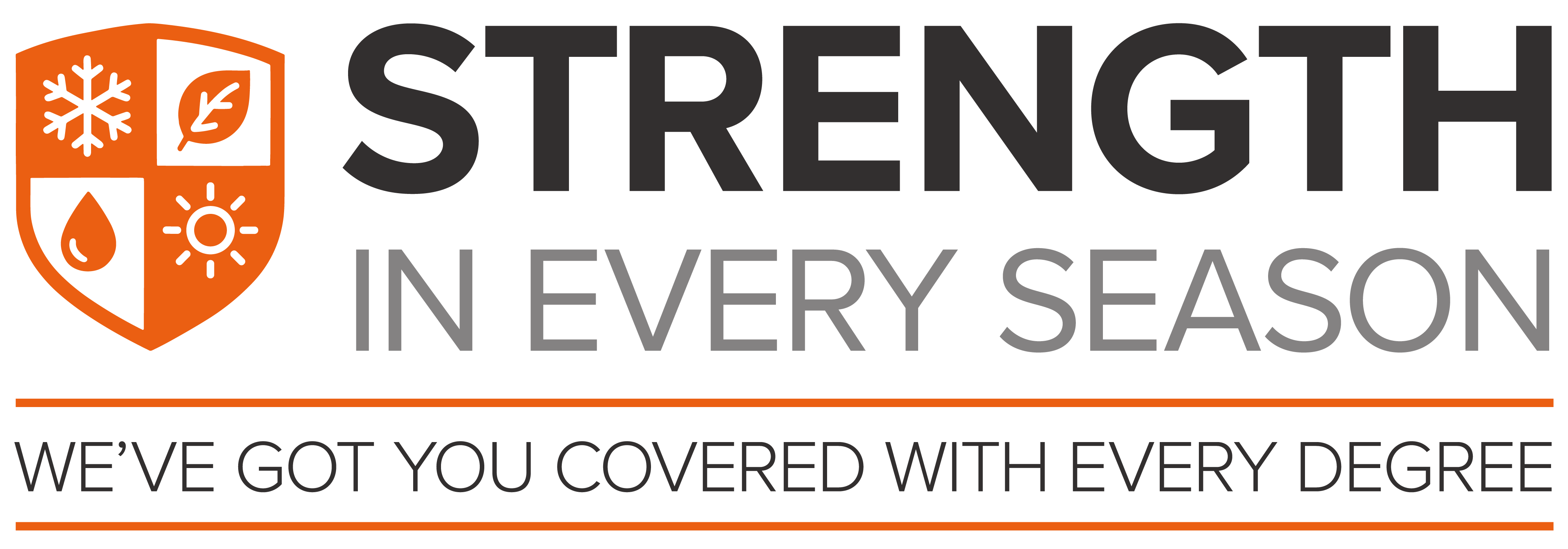
Monday 20th October, 2025
7 minute read
Wet weather is more than a minor inconvenience for outdoor workers. Rain, spray, and prolonged dampness can quickly turn a standard workday into a high-risk environment. In Great Britain, slips, trips, and falls are consistently among the most common causes of non-fatal workplace injury. Beyond the human cost, these incidents carry a significant financial burden.
Work-related injuries and illnesses cost UK businesses tens of billions of pounds annually and disrupt productivity and project timelines. With increasingly frequent heavy rainfall and unpredictable weather patterns, ensuring wet-weather PPE is fit for purpose has never been more critical.
The scale of the challenge is significant. The Labour Force Survey 2023/24 reports that approximately 604,000 workers sustained a non-fatal injury at work, while 138 workers tragically lost their lives during the same period. Employers reported 61,663 non-fatal injuries under RIDDOR, highlighting that these risks are far from rare. Economically, workplace injury and new cases of work-related ill health cost the UK £21.6 billion in 2023/24, with 33.7 million working days lost. These figures underline the crucial role of prevention, where proper PPE and strong workplace safety practices protect both lives and business operations.
Weather and Climate: The Rising Challenge
The UK’s climate is becoming increasingly challenging for outdoor workers. Rainfall is more frequent, intense, and unpredictable. Between October 2023 and March 2024, England and Wales recorded their wettest “winter half-year” on record, with rainfall totalling 445.8 mm, 129 per cent of the 1991–2020 average. Across the whole year, the UK experienced 1,242.1 mm of rainfall, 107 percent of the long-term average, with southern England recording 121 percent of expected levels. September 2024 alone saw Oxford receive 193.3 mm of rain, its wettest September in 250 years. Climate studies confirm that extreme weather events are increasingly driven by climate change, prolonging exposure to wet, slippery, and low-visibility conditions. For workers, this makes high-quality, correctly specified PPE an essential line of defence.
Understanding the Risks
Working in wet conditions is not just uncomfortable; it accelerates physical hazards and increases health risks. Wet surfaces drastically reduce traction, increasing the likelihood of slips and falls. Cold, damp clothing can lower body temperature, cause fatigue and reduce concentration, which in turn raises the risk of accidents. Prolonged exposure to wet conditions can also lead to musculoskeletal strain, respiratory issues, and even hypothermia in extreme cases. Research by the Health and Safety Executive shows that wet conditions contribute to roughly one-third of all slips and falls in the workplace. These incidents are disproportionately costly due to lost workdays and compensation claims.
Legal Responsibilities: PPE Regulations and Compliance
Employers in the UK are legally obliged to protect workers through the provision of suitable PPE under the Personal Protective Equipment at Work Regulations 2022. PPE must be provided where risks cannot be controlled by other means, be suitable for the task and environment, and be maintained, cleaned, and replaced as necessary. Workers must receive training on the correct use and storage. Employers must also ensure compatibility when multiple PPE items are used together. Workers, in turn, are responsible for wearing PPE correctly, reporting defects, and caring for their equipment. Beyond legal compliance, there is a clear moral imperative. PPE protects lives, supports worker wellbeing, and reduces avoidable accidents.
What Wet-Weather PPE Should Include
Adequate wet-weather PPE goes beyond simply wearing a raincoat. A comprehensive system protects the worker from rain, cold, and low visibility while maintaining comfort and mobility.
- Waterproof Outerwear should meet EN 343 certification standards. Fully sealed seams, durable membranes or coatings, adjustable cuffs and hoods, and breathable fabrics prevent water ingress while allowing moisture to escape. Layering with waterproof outerwear helps manage temperature and prevent condensation.
- High-Visibility clothing is essential in wet and dim conditions. EN ISO 20471-certified garments help workers remain visible near moving vehicles and machinery. Class 2 garments suit medium-risk environments, while Class 3 garments provide the highest visibility for high-risk, roadside, or low-light work. Bright colours and reflective strips dramatically improve safety in rain, fog, or early morning and evening conditions.
- Footwear and Slip Resistance are critical. SRC-rated safety boots tested on wet and oily surfaces reduce the risk of falls. Tread depth should be monitored, and worn soles replaced promptly. Footwear also protects against cold and damp, helping workers maintain comfort and dexterity.
- Gloves, Head, and Eye Protection complete the PPE ensemble. Waterproof gloves with grip and insulation prevent cold hands and improve tool handling. Helmet covers or peaked hard hats keep rain out of workers’ eyes, while splash-resistant or anti-fog eyewear protects against wind-driven droplets and spray.
- Layering and Thermal Control are essential. Wet clothing increases heat loss, contributing to cold stress. A three-layer system works best: moisture-wicking base layers to draw sweat away, insulating mid-layers for warmth, and a waterproof outer shell to protect from rain and wind. Encouraging workers to change out of soaked gear during shifts and providing spare layers ensures sustained protection and comfort.

Site Supplies and Supporting Measures
Safety in wet conditions extends beyond clothing. Employers should provide drying and heated storage for wet PPE, anti-slip mats or gritted walkways at entrances, and adequate site lighting. Sheltered break areas allow workers to warm up during prolonged rain, while dry storage ensures spare garments remain available. Regular inspections of surfaces and work areas help identify hazards such as pooling water or uneven ground, reducing the risk of slips and falls before they happen.
Maintenance, Inspection, and Training
Even the best PPE can fail without proper care. Waterproof coatings wear down, seams can split, and reflective strips may degrade. Daily checks by workers, weekly inspections by supervisors, and detailed record-keeping ensure damaged equipment is replaced promptly. Training is equally important. Workers must understand how to wear PPE correctly, recognise signs of wear or failure, and care for their gear. Building a safety culture where PPE use is standard practice reduces incidents and reinforces accountability.
Innovations and Advanced PPE Options
Modern PPE is evolving to meet the challenges of wet weather. Breathable, waterproof fabrics reduce condensation while keeping workers dry. Thermally insulated gloves now incorporate touchscreen-compatible materials, allowing workers to use tools and devices without removing protection. High-visibility garments now include LED enhancements for extreme low-light conditions. Anti-slip mats and modular walkways offer flexible safety solutions for temporary or high-traffic sites. Investing in these innovations can further reduce risk and improve productivity.
Wet-Weather PPE Checklist
- Waterproof jacket and trousers certified to EN 343
- Hi-vis garments certified to EN ISO 20471 (correct class)
- Slip-resistant safety boots (SRC or equivalent)
- Waterproof gloves with grip and insulation
- Helmet with rain cover or peak for visibility
- Anti-fog, splash-resistant eyewear
- Moisture-wicking base layers
- Insulating mid-layers for warmth
- Access to drying and warm storage areas
- Spare gloves, socks, and outerwear
- Anti-slip mats or surface treatments
- Adequate site lighting and reflective signage
- Daily PPE inspection and reporting
- Weekly supervisor inspection
- Training on PPE use, care, and replacement
Why These Investments Matter
In 2023/24, 604,000 workers sustained non-fatal injuries, with one-third caused by slips, trips, and falls. The financial cost was £21.6 billion, and 33.7 million working days were lost. As rainfall intensity rises and wet-weather exposure becomes more common, investing in reliable PPE is no longer just about compliance. It protects lives, ensures operational continuity, and builds long-term resilience for businesses.
Final Thoughts
Wet weather is a permanent feature of UK working life, but risks can be effectively managed. The correct PPE, properly selected, maintained, and supported with training and site safety measures, transforms wet-weather work from a hazard into a safe and sustainable routine. At Stronghold Global, we supply a full range of certified wet-weather PPE and supporting site essentials, from EN 343-rated waterproof garments and high-visibility clothing to anti-slip mats, lighting, and storage solutions. When the weather turns, the correct PPE offers more than protection; it provides confidence, comfort, and peace of mind.

At Stronghold Global, we understand that every season brings its own set of challenges for the workplace. From slippery surfaces in wet weather to reduced visibility on dark winter mornings and the heat stress risks of summer, changing conditions can quickly impact safety and performance.
Our Strength in Every Season campaign is built around one simple promise: whatever the weather, we have the right solutions to protect your team. With a wide range of workwear, PPE, and safety innovations, we help businesses stay prepared, compliant, and confident all year round.
📞 01793 484237
✉️ [email protected]
🌐 www.strongholdglobal.com
Follow us for practical workplace safety advice and the latest updates on compliance standards.




![stronghold global logo[94]](https://www.strongholdglobal.com/wp-content/uploads/2022/03/Stronghold-Global-Logo94.png)




